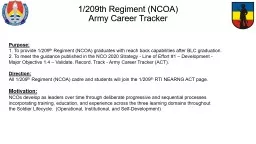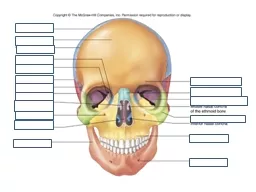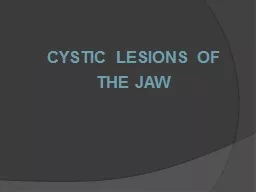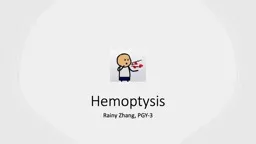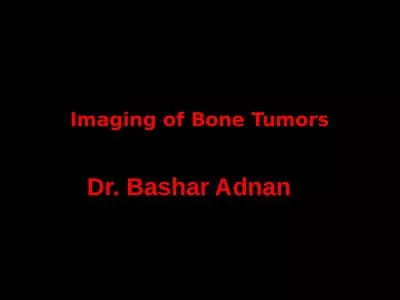PPT-Control # 209 Title: Life -Threatening Lytic lesion of the Mandible: A Lesson Learned
Author : tatiana-dople | Published Date : 2020-04-02
eEdE eEdE157 Nothing To Disclose LifeThreatening Lytic lesion of the Mandible A Lesson Learned Nucharin Supakul MD 1 Juan G Tejada MD 2 1 Ramathibodi Hospital
Presentation Embed Code
Download Presentation
Download Presentation The PPT/PDF document " Control # 209 Title: Life -Threatenin..." is the property of its rightful owner. Permission is granted to download and print the materials on this website for personal, non-commercial use only, and to display it on your personal computer provided you do not modify the materials and that you retain all copyright notices contained in the materials. By downloading content from our website, you accept the terms of this agreement.
Control # 209 Title: Life -Threatening Lytic lesion of the Mandible: A Lesson Learned: Transcript
Download Rules Of Document
" Control # 209 Title: Life -Threatening Lytic lesion of the Mandible: A Lesson Learned"The content belongs to its owner. You may download and print it for personal use, without modification, and keep all copyright notices. By downloading, you agree to these terms.
Related Documents








